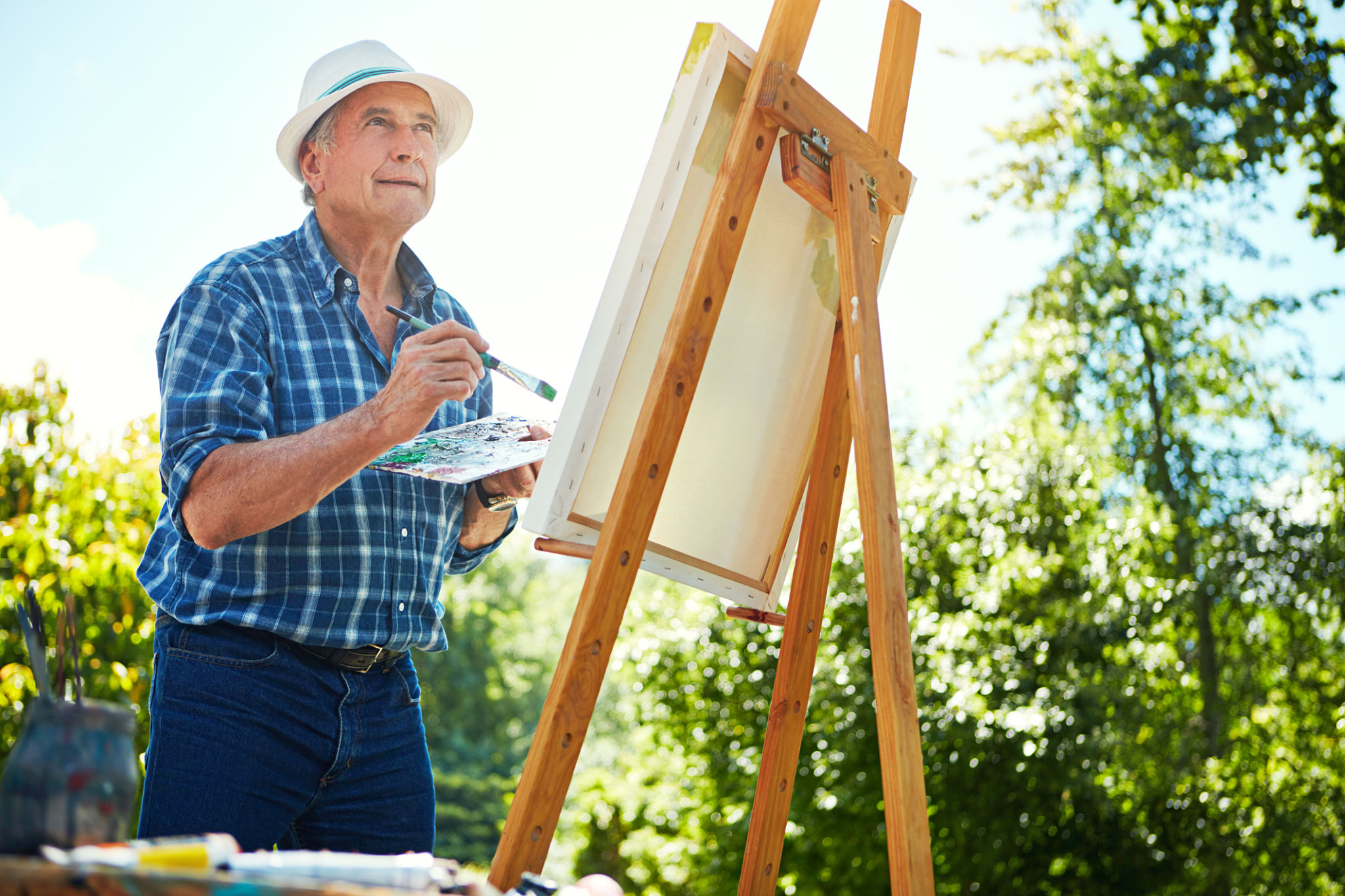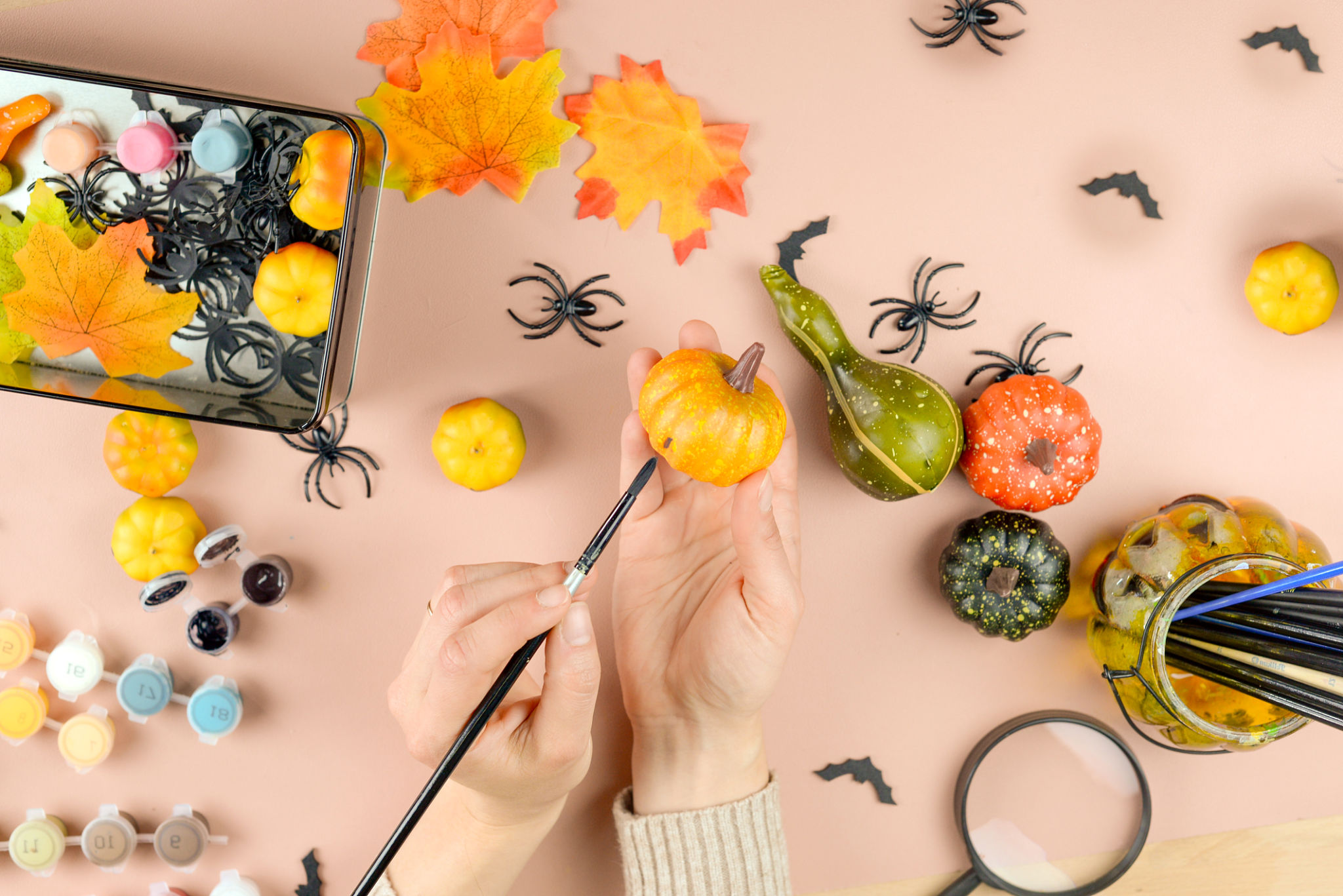Seasonal Painting Tips to Protect Your Home's Exterior
Understand the Importance of Seasonal Painting
Painting your home’s exterior is more than just an aesthetic choice; it is a crucial step in maintaining and protecting your home. Depending on the season, specific painting tips can help ensure that your home's exterior remains in excellent condition. Each season presents unique challenges, from temperature fluctuations to varying levels of humidity.

Spring: Preparing for the Year Ahead
Spring is an ideal time to begin exterior painting projects. The mild temperatures and reduced humidity levels create perfect conditions for paint to adhere properly and dry evenly. Before starting, inspect your home for any damage caused by winter weather, such as cracks or peeling paint. Addressing these issues early will prevent them from worsening over time.
Key Steps for Spring Painting:
- Thoroughly clean the exterior surfaces with a pressure washer to remove dirt and grime.
- Repair any damage and sand down rough areas to ensure a smooth surface.
- Apply a primer to any bare wood or repaired sections for better paint adhesion.
Summer: Maximizing Drying Conditions
In summer, the warm weather is conducive to painting projects. However, high temperatures and direct sunlight can cause paint to dry too quickly, leading to blistering or peeling. To avoid this, plan your painting sessions for early morning or late afternoon when temperatures are cooler.

Essential Summer Tips:
- Avoid painting in direct sunlight; work on the shaded sides of your home as the sun moves.
- Stay hydrated and take frequent breaks to prevent heat-related illnesses.
- Consider using paints specifically designed for high-temperature applications.
Autumn: Taking Advantage of Cooler Temperatures
Autumn offers cooler temperatures, making it another excellent time for exterior painting. The key is to complete projects before the onset of colder weather. Dry leaves and debris can interfere with painting, so keep your workspace clean and clear.
Autumn Painting Strategies:
- Choose days with low humidity to ensure optimal drying conditions.
- Start early in the day to maximize daylight hours.
- Ensure all surfaces are dry and free from morning dew before beginning.

Winter: Handling Challenges with Care
While winter is not typically recommended for exterior painting, there are situations where it might be necessary. In such cases, it is crucial to use cold-weather paint products designed to cure at lower temperatures. Focus on smaller projects or touch-ups during this season.
Winter Painting Precautions:
- Avoid painting on days when the temperature falls below 35°F (1.6°C).
- Use tarps or tents to protect surfaces from snow or rain.
- Allow extra time for drying and curing due to cooler conditions.
Conclusion: Safeguard Your Home Year-Round
No matter the season, keeping your home’s exterior well-painted not only enhances its curb appeal but also protects it from harsh weather conditions. By following these seasonal painting tips, you can ensure your home remains beautiful and safeguarded throughout the year. Remember, preparation is key, and using the right materials will make all the difference in achieving a long-lasting finish.